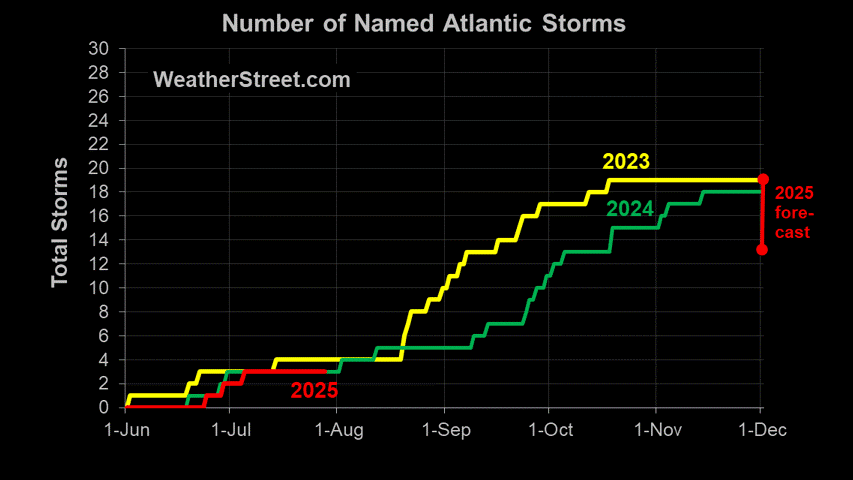The New Orleans Times-Picayune published these emergency food tips from its readers for preparation for an oncoming storm. I am reprinting these with full reference to NOLA and ask their support.
-----------------------------------------------------------------------------------------------
These emergency food tips came from the real experts: Our readers
by The Times-Picayune
Wednesday August 27, 2008, 5:08 PMMost of these food ideas for dining and preparing in an emergency came from the storm-hardened readers of the Times-Picayune.
*Salty snacks will just make you want more water. Avoid them. Look for low-salt crackers, broth, soups, etc., for your emergency food supplies.
*Do not waste money buying any food you know your family will not eat.
*Plan for your water. Most emergency planners advise storing enough food and water to last for two weeks. The Red Cross and FEMA advise that every household to have a three-day supply of one gallon of water per person per day, plus more for any instant foods that require water for preparation (such as instant oatmeal, dry milk, bouillon cubes).
*Don't just fill up your bathtub. Fill up clean liter-size soda bottles and any other containers.
*Have some long-lasting fruit and vegetables on hand to eat raw: apples, oranges, lemons, limes, tomatoes, cabbage, carrots, uncut melons. All will last several days without refrigeration, as will potatoes, onions and sweet potatoes, which you can cook on a grill.
*Fill empty space in the freezer with water bottles or water in plastic freezer bags. A full freezer will stay cold longer if the power goes out.
*If your freezer is not full, shove all the food in it close together, which helps the food stay cold if the power goes out. *Store ice pops or ice cream (in their original packaging) inside plastic bags closed with twist-ties. If the power goes out and the freezer temperature goes up, you will avoid a terrible mess.
*An emergency cooking kit (for home or on the road) should include a cast-iron skillet for cooking over a camp stove or on a grill; a pot for boiling water; waterproof matches; heavy-duty foil; scissors or knife to cut open packages; paper plates and plastic cutlery; gallon-size plastic zip-top bags; and a jar with a screw-top lid, to blend foods by shaking.
*Foil pans are useful for baking and cooking on a grill. Foil is the improvisational cook's duct tape.
*When shopping, select can or jar sizes that will make one meal with no leftovers, because the contents of opened cans will spoil quickly without refrigeration.
*The most healthful canned foods for an emergency: beans, canned seafood, instant oatmeal, peanut butter and nut butters, powdered and boxed milk.
*The most versatile canned vegetables: tomatoes, potatoes, corn, green beans, artichoke hearts, garbanzo beans, red bell peppers, asparagus.
*Menu-brighteners: Cryovac-packed fish and meat, which is more expensive than canned, but great quality; canned coconut milk, shredded coconut; Boboli, pizza sauce in a squeeze bottle, summer sausage, dry salami, parmesan cheese; instant rice; bulghur wheat to make tabouli, which does not require cooking.
*Also: low-salt broth; canned, chunk high-quality ham; Dijon and Creole mustard; real bacon bits to flavor bland dishes; instant pudding; dried fruit of all kinds; unsalted nuts; individual tea bags that don't require hot water; small jar of instant coffee plus creamer packets; and small packets of condiments.
*If you have a home vegetable garden, pick vegetables before the bad weather comes. Do not pick or eat any produce touched by floodwater.
*Home-grown herbs will really perk up canned food. Pick leafy herbs before the storms and store them with stems in jars of water at room temperature.
*A good, easy-to-use manual can opener is an essential tool.
*If the power goes out for only a few days, the following will not spoil in the refrigerator: Catsup, mustards, jams, jellies, peanut butter, oils, butter and margarine (really); unopened salad dressing or other condiments, hard cheeses, barbecue, soy and Worcestershire sauces.
*High-salt canned goods can be rinsed to remove some of the sodium (if you have enough water).
*In an emergency, you can heat or cook food on: an outdoor grill (have extra fuel) or have on hand a small, inexpensive portable grill plus charcoal; a camping cookstove plus fuel; or in a candle- or Sterno-fired fondue pot, chafing dish or candle warmer. Food can also be heated in a working indoor fireplace. Be sure to open the flue.
*NEVER use a charcoal or gas grill indoors. This mistake has claimed many lives.


























 Tropical Storm Eduoard formed today just south of Mobile, Alabama. Storm track predictions indicate that Eduoard will parallel the Louisiana gulf coast tonight and throughout the day Monday making land fall Monday night or Tuesday morning just west of Galveston.
Tropical Storm Eduoard formed today just south of Mobile, Alabama. Storm track predictions indicate that Eduoard will parallel the Louisiana gulf coast tonight and throughout the day Monday making land fall Monday night or Tuesday morning just west of Galveston.




